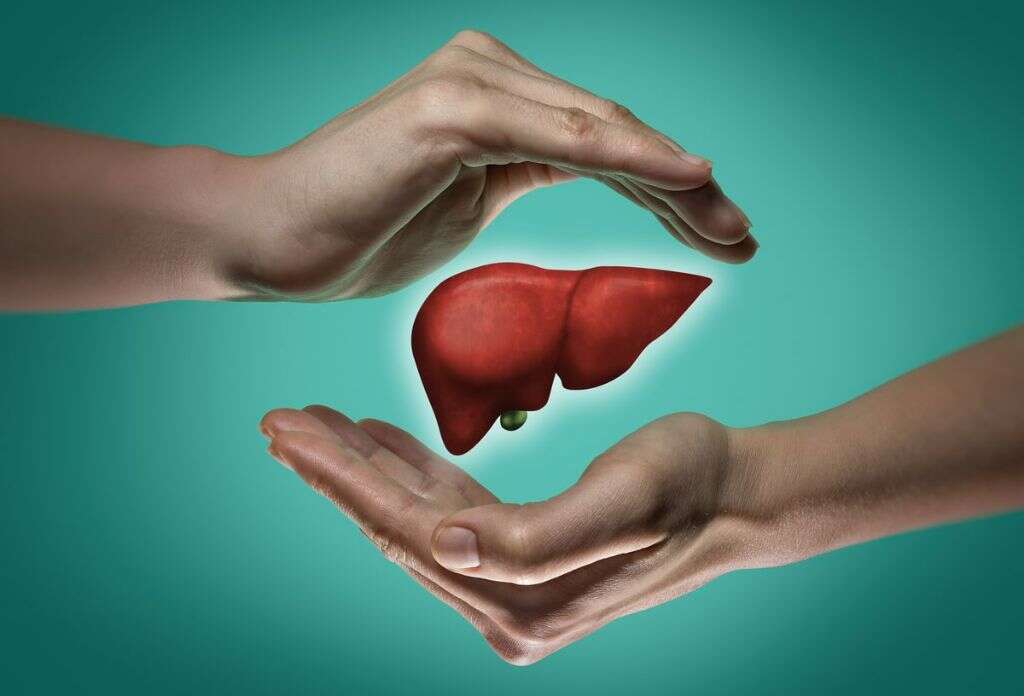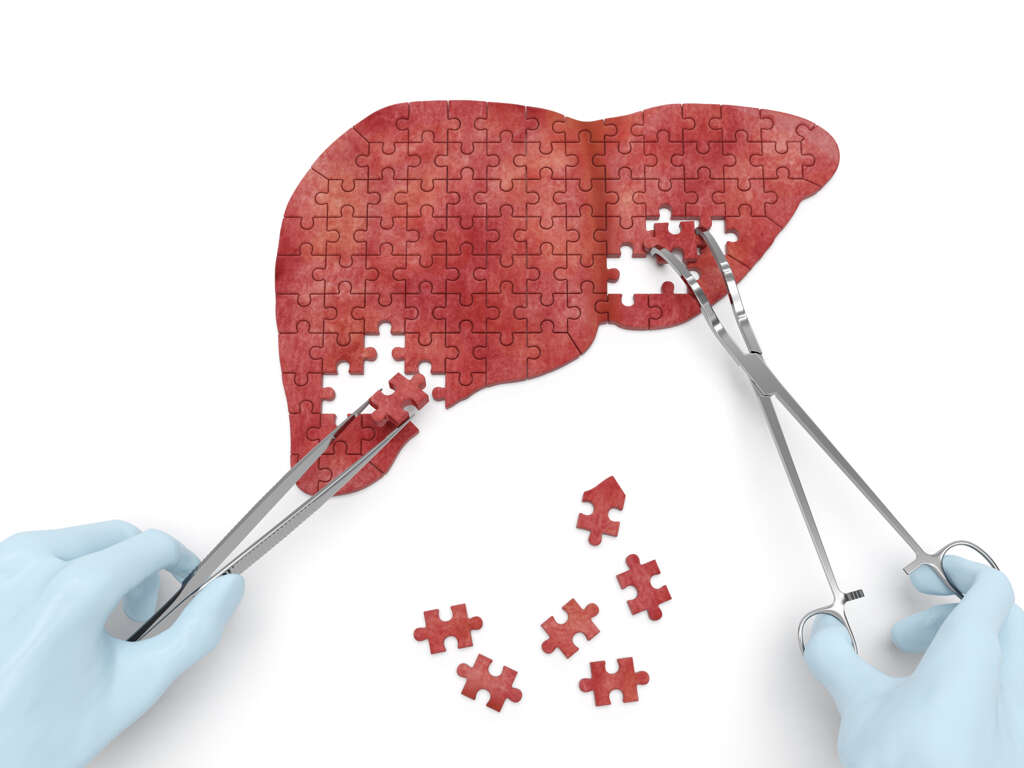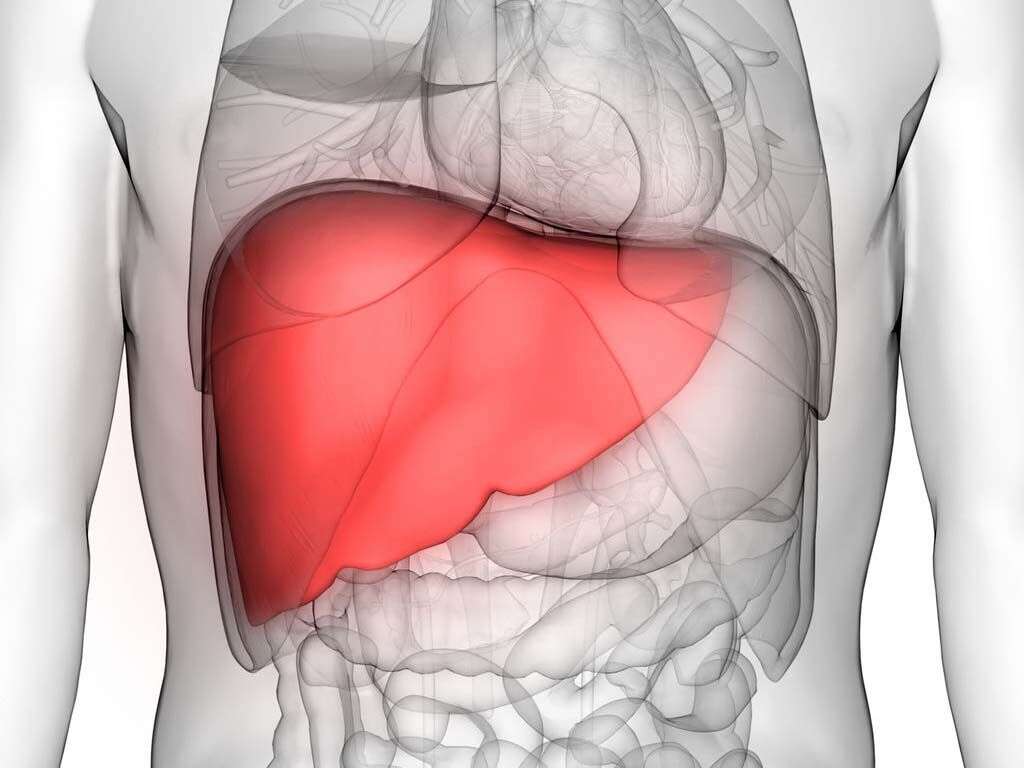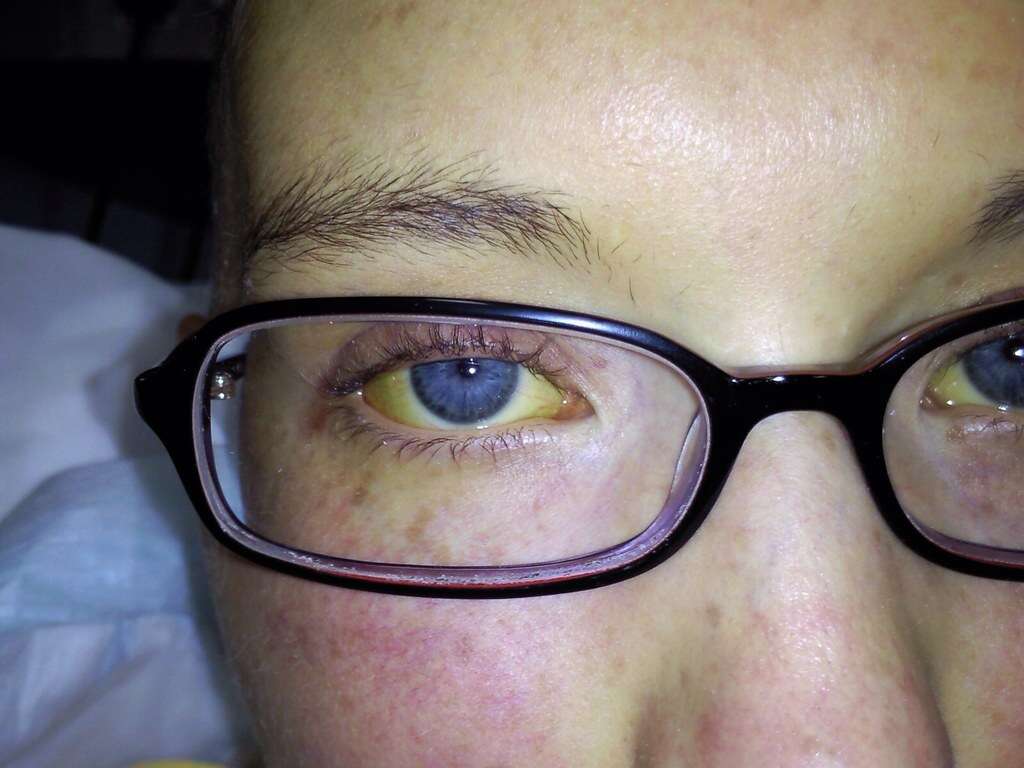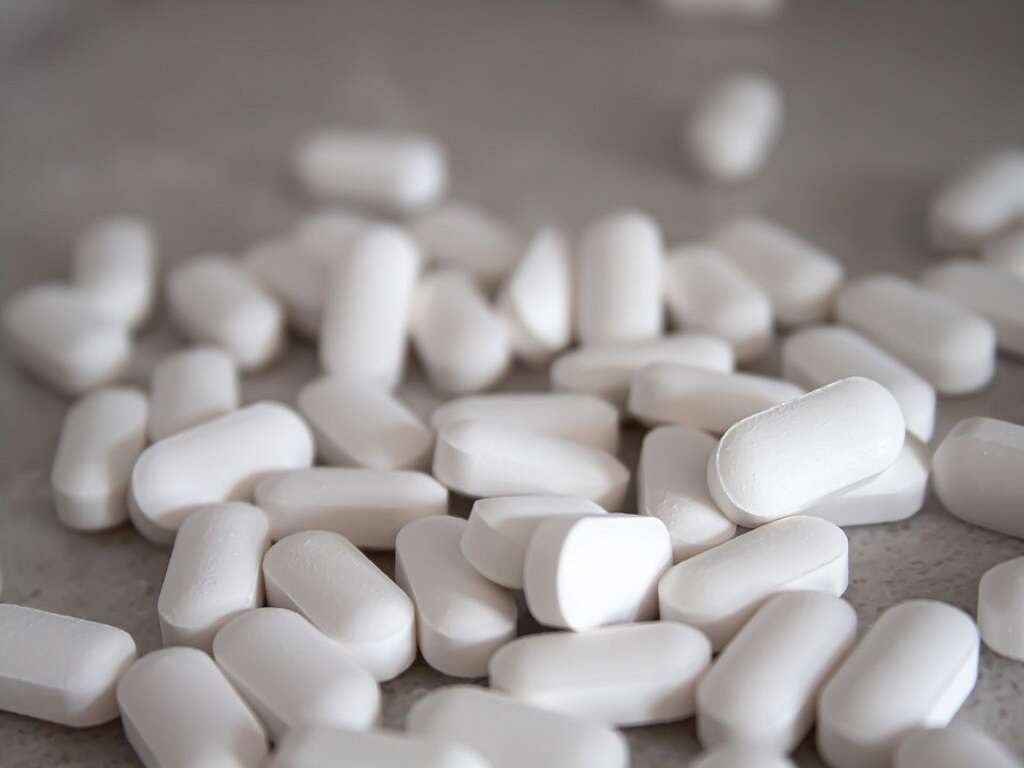What Is Liver Pain?
Your liver is an organ that sits on the right side of your abdomen and is protected by your rib cage. In relation to the other organs in your body, the liver is rather large, weighing around 3 lbs on average.
The liver’s main function is to clean waste out of the body and break down fats during digestion. To function properly, the organ must be in good working order. Certain conditions and illnesses can affect liver function and cause pain.
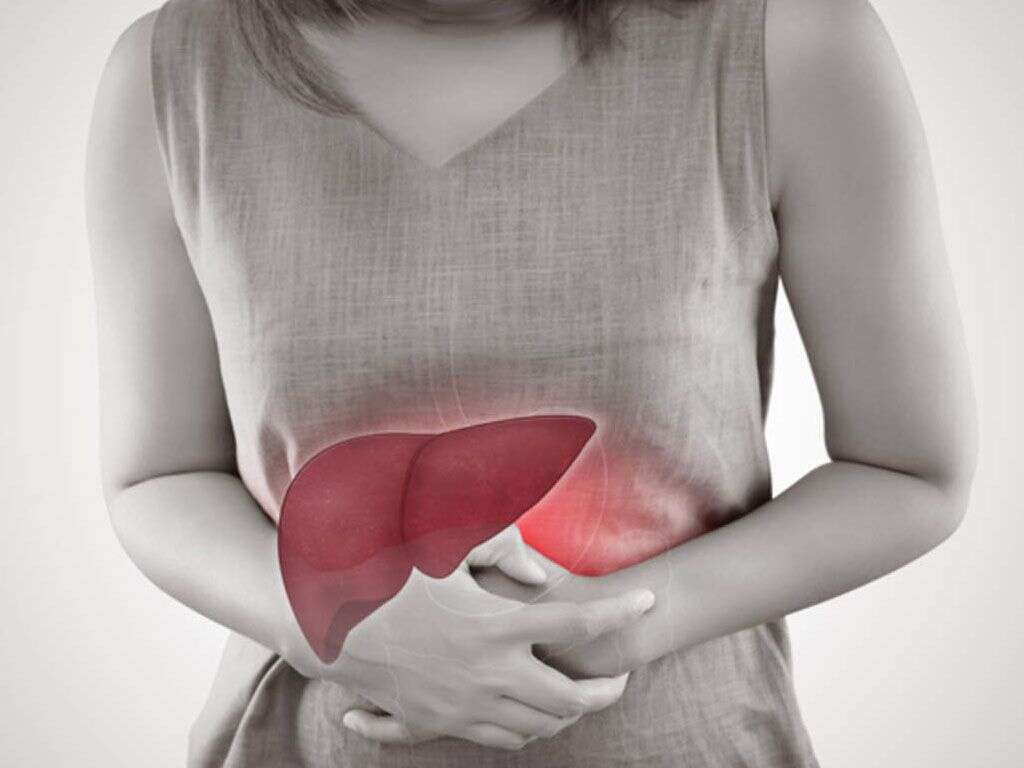
1. What Is Liver Pain?
When people experience liver pain, it is usually because they have some type of injury, illness or disease that affects the organ. Any pain involving the liver should be taken seriously because it could be an indication of a serious medical condition that requires prompt treatment.
Liver pain may come on suddenly or gradually over time. The way it manifests depends on the underlying condition causing the pain. If you ever experience this discomfort, it’s important to visit your doctor or go to the hospital, depending on the severity of the pain. As with most conditions, catching and treating liver conditions early could give you a better treatment outcome than if you wait too long to receive medical care.

2. How Common Is Liver Pain?
Liver pain is fairly common and can stem from a variety of underlying causes. Those who consume large amounts of alcohol are more likely to experience it frequently, as are those who have hepatitis or other liver conditions.
For those with normal functioning livers, such pain is rare. However, the chances of experiencing it increase with age. As well, there are many children who experience pain due to liver disease. Approximately 15,000 each year in the United States are hospitalized with pediatric liver disease or other disorders of the organ.
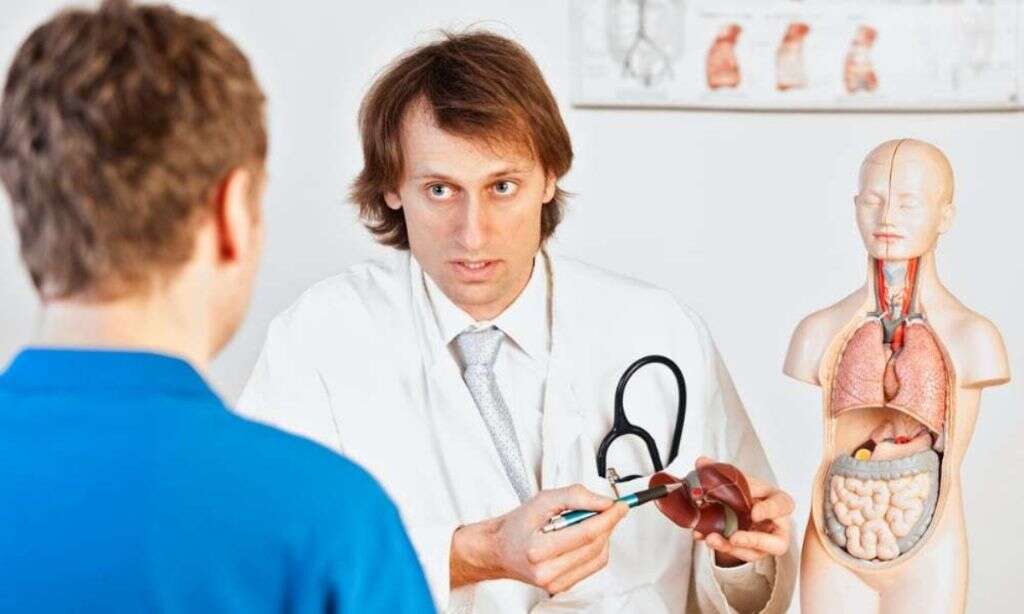
3. What Does Liver Pain Feel Like?
People often describe the pain as a throbbing, dull sensation in the upper right portion of the abdomen. However, liver pain can also exhibit as stabbing, sharp pains that make it difficult to breathe or function.
In some cases, the pain may be accompanied by inflammation. Some people may also feel sensations radiating from their liver to their right shoulder blade or upper back. All such pain should be taken seriously, since the organ is so important for human life and proper bodily functions.

4. What Are Signs of Liver Pain?
Liver pain is usually fairly easy to recognize because it causes discomfort in the area of the organ. However, even those who think they have good liver health may be unaware that seemingly unrelated symptoms are due to undiagnosed issues. In particular, mysterious abdominal swelling and pain or upset stomach are common early signs of liver issues.
Less-obvious signs of serious issues, including liver disease, include lack of drive, excessive tiredness, yellowing of the skin and eyes, very pale stool, dark urine, and retention of fluids in the belly or abdomen.

5. What Are Common Causes of Liver Pain?
There are many different illnesses and conditions that can lead to liver pain. Some of the most common include alcoholic hepatitis, viral hepatitis, and fatty liver disease. It’s important to note that all three conditions in this list can often be avoided through lifestyle changes. For example, cutting back on or stopping drinking altogether can help you avoid alcoholic hepatitis. Avoiding sharing needles or unprotected sexual activity can help you avoid viral hepatitis. Eating a healthy diet and maintaining a healthy weight can help you avoid fatty liver disease.
Other common causes include a cyst or liver abscess, Fitz-Hugh-Curtis Syndrome, portal vein thrombosis and Budd-Chiari Syndrome. No matter what the underlying cause of your condition is, you should go to the doctor for treatment if you experience any type of liver pain.
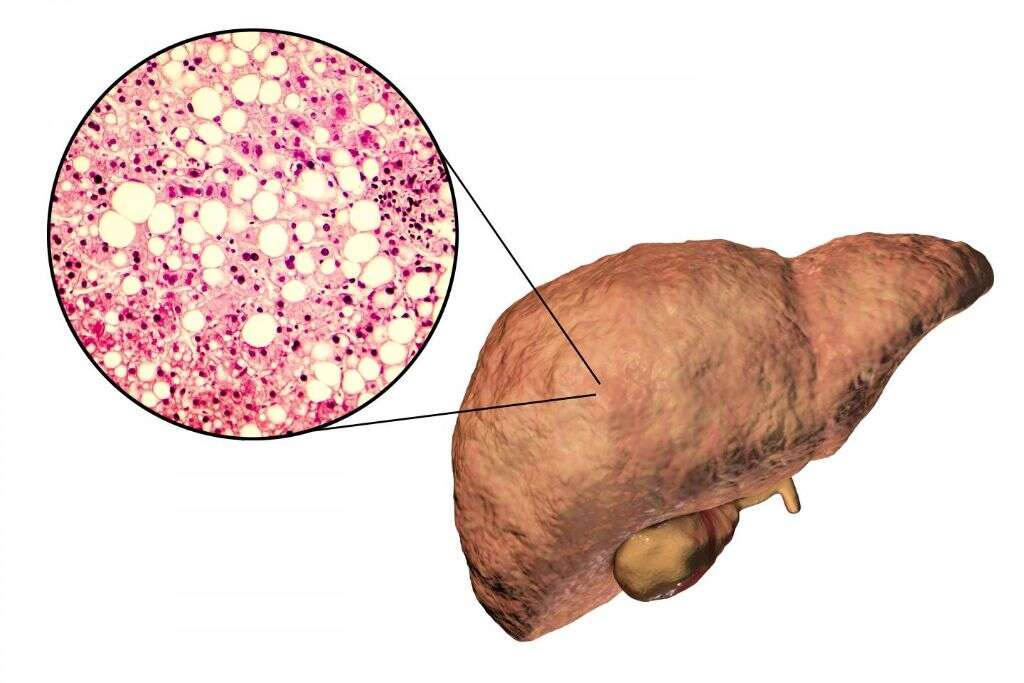
6. What Are Risk Factors of Liver Pain?
There are a variety of risk factors related to liver pain and fatty liver disease. They include eating a high-cholesterol diet, being overweight, and having diabetes. Drinking too much alcohol can also cause significant damage to the organ.
Injecting drugs, sharing needles or exposure to infected peoples’ body fluids can also cause liver infections and problems that lead to pain. Additional risk factors include receiving a blood transfusion prior to 1992 or getting tattoos or body piercings.

7. Is It Possible To Reverse Liver Damage?
The liver is unlike any other organ in the body in that it has the unique ability to regenerate itself. Most organs develop scar tissue in response to injury and illness, but the liver has the ability to replace damaged tissue with new, healthy cells.
If up to 50% of the liver is damaged within a short period of time due to extreme injury, the organ has the ability to totally repair itself within 30 days, as long as there are no further complications. However, there are certain situations that do cause severe scarring and cannot be repaired. One of these is cirrhosis. This happens when the liver is continuously attacked and develops scar tissue as a result. Heavy drinking, drug use and certain viruses can lead to cirrhosis, which indicates late-stage liver disease and often leads to eventual death.
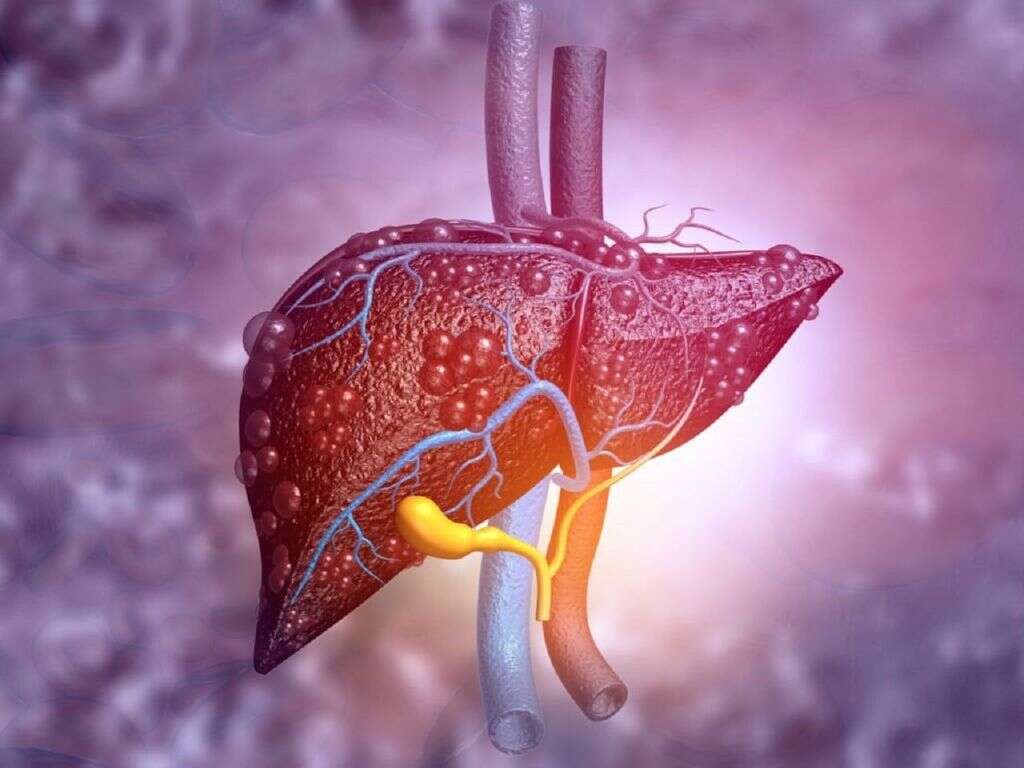
8. What Should I Do if I Have Liver Pain?
Some conditions can be safely treated at home, but it’s usually best to see a doctor if you’re experiencing liver pain. It’s especially important to visit a healthcare professional if you notice significant appetite changes or noticeable changes to your digestion.
Nausea and upset stomach are other common indications of liver damage. They don’t always need to be checked out by a doctor, but if you experience ongoing nausea or unexplained vomiting, it could be due to liver issues that require treatment.

9. What Are the Treatment Options for Liver Pain?
Because there are so many possible underlying causes, the type of treatment you receive will be based on the cause of your symptoms. In some cases, your doctor may recommend lifestyle changes to address your discomfort. This is especially likely if you are overweight or eat a diet full of processed, fatty foods.
If you have a serious condition, such as liver disease or liver cancer, your doctor will provide you with recommended treatment options. They may include radiation, surgery, chemotherapy or medications.

10. What Is the Outlook for Liver Pain?
Liver pain may be an indication of a life-threatening disease or illness. The good news is that your outlook can be quite positive if you seek treatment early.
Pain is often an indication that something isn’t working properly in your body. It isn’t something you should ignore, especially when it is localized to a specific organ. The sooner you receive treatment, the more likely you are to experience a better outcome.
